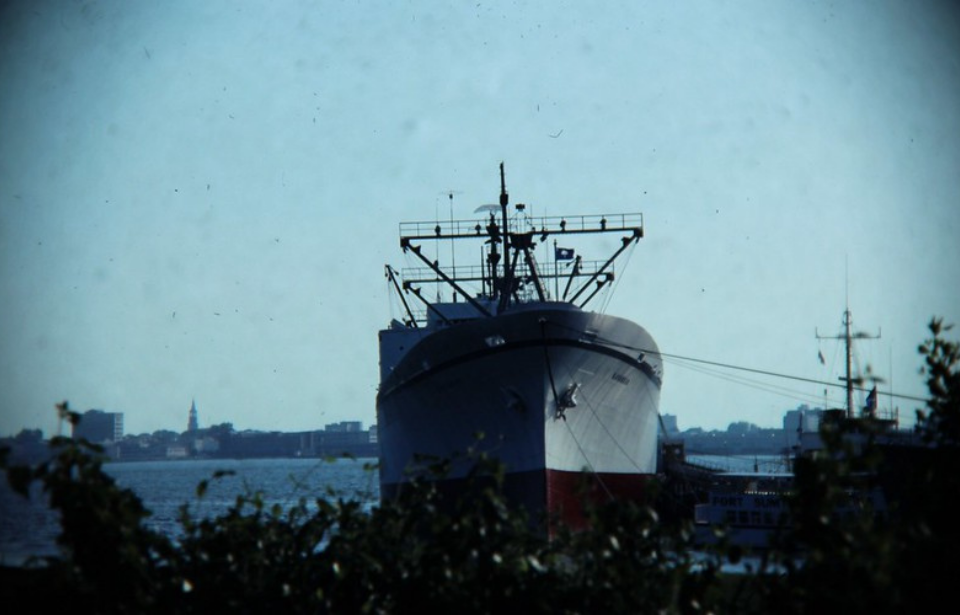As the world’s superpowers conducted more research into nuclear power in the 1950s, there were some who hoped it could be used to power ships. One of those individuals was President Dwight D. Eisenhower, who launched Atoms of Peace, aimed at showing how nuclear power could be used in a peaceful manner.
What came from this program was the NS Savannah, the world’s first nuclear-powered merchant vessel. Unfortunately, it failed in its mission to persuade other nations to commission their own ships.
Construction of a nuclear-powered ship
The NS Savannah was constructed throughout the late 1950s, costing the US government $46.9 million. It was commissioned by Congress as a joint project of the Atomic Energy Commission, the Department of Commerce and the Maritime Administration. The aim: to demonstrate the feasibility of nuclear propulsion for merchant ships and promote the peaceful use of nuclear technology.
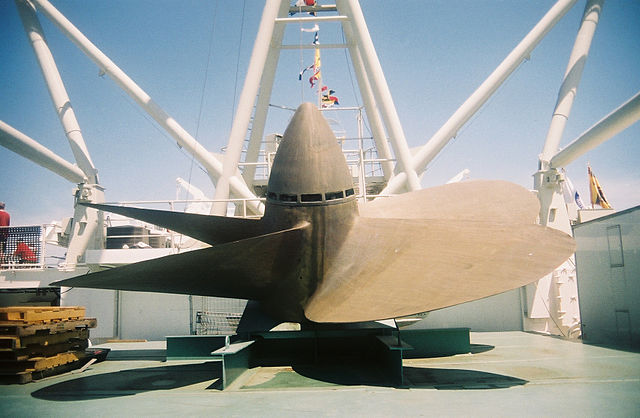
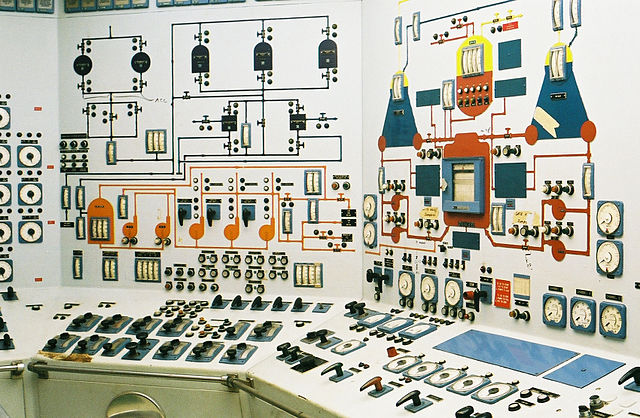
Designed by George G. Sharp, Inc., Savannah was intended to be visually impressive and therefore looked more like a luxury yacht than a cargo vessel. Since the nuclear reactor would be housed in the center of the ship and required overhead crane access during refueling, the raked, teardrop-shared superstructure was set back on the hull.
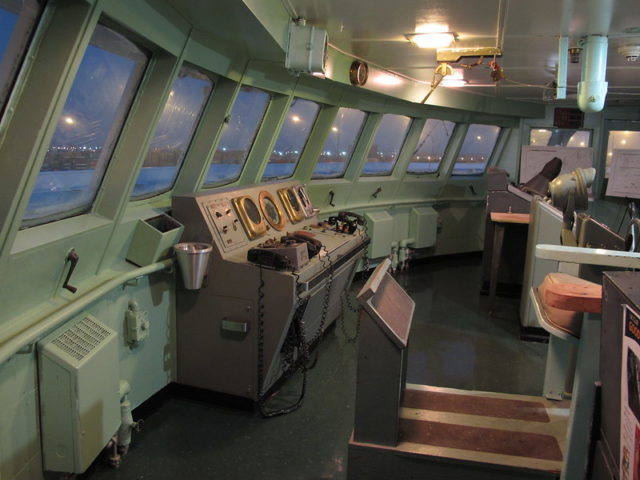
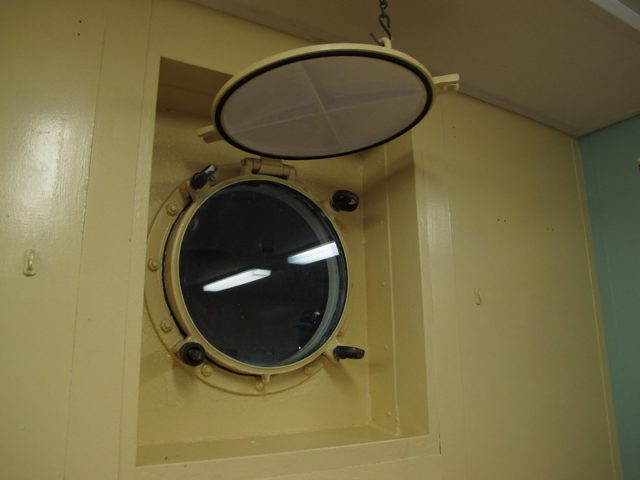
Savannah was built with three full decks. “A” Deck featured the main lobby, as well as a barber, the infirmary, purser’s office, beautician, passenger cabins and steward’s facilities. It also held the health physics laboratory, used to monitor the effects of the ship’s nuclear reactor.
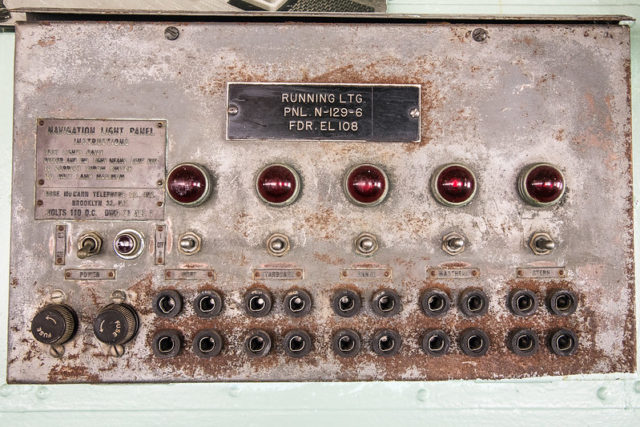
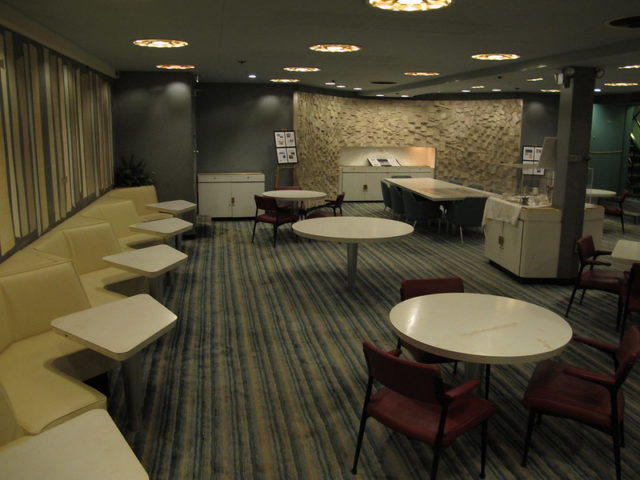
“B” Deck contained Savannah‘s kitchen and dining room, as well as the crew mess, lounge and sleeping quarters, while “C” Deck featured additional quarters, a butcher’s shop and laundry facilities. The partial lower deck – “D” Deck – was the most industrial, housing the nuclear reactor and machinery, and serving as the cargo hold.
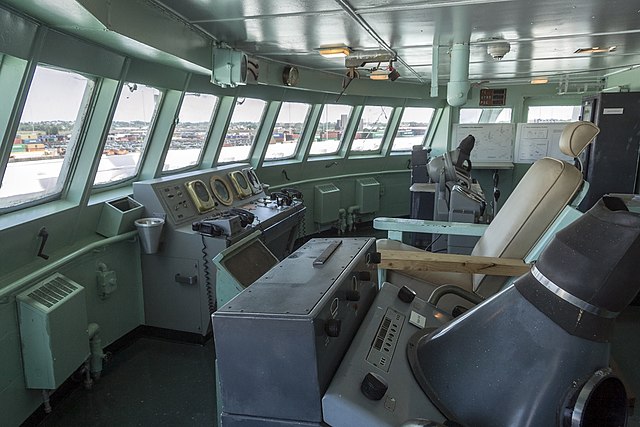
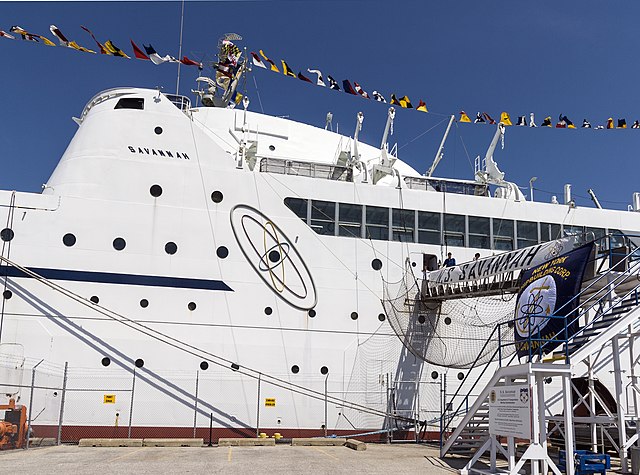
The nuclear reactor was designed to civilian, not military, standards, meaning it used low-enriched uranium with less emphasis on compactness and shock resistance. There was, however, still an emphasis on safety and reliability. This was partly achieved through the use of fin stabilizers, which also improved passenger comfort.
To ensure the ship looked futuristic, George G. Sharp’s design consultant, Jack Heaney and Associates, decorated it with atom graphics. As well, guest areas featured retro designs with vintage seating and atomic-themed dinnerware and ceiling lights.
The NS Savannah goes into service
The NS Savannah was launched on July 21, 1959 and was christened by then-First Lady Mamie Eisenhower. However, delays with the installation of the nuclear reactor meant it took other two-and-a-half years for it to go into service.
The ship was in service between 1962 and 1972, and was one of just four nuclear-powered cargo vessels ever constructed. During her early years, she conducted promotional tours, including one of Europe in 1964, and served as a passenger-cargo liner. These services were discontinued in 1965 and Savannah was converted into an all-cargo vessel.
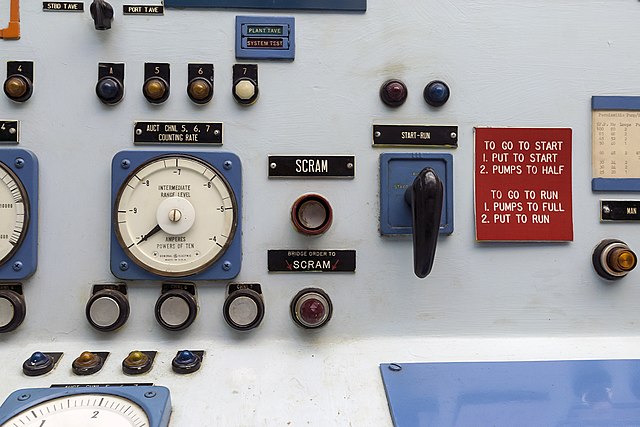
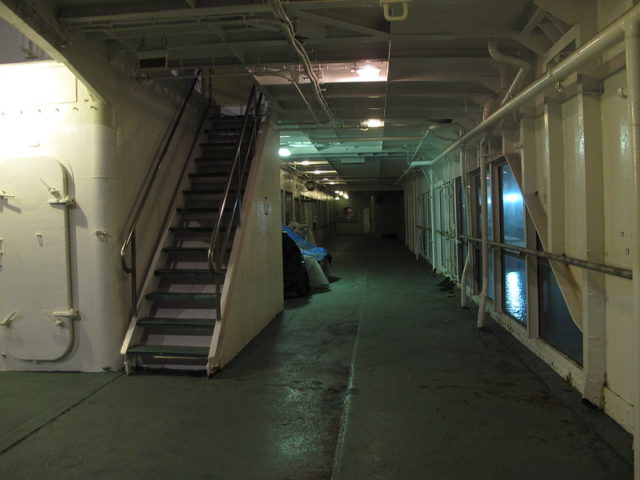
In 1969, Savannah served as the centerpiece for Nuclear Week In New York, becoming the first nuclear-powered ship to dock in the city. She was toured by thousands of people.
The ship was deactivated in 1971, having failed its diplomatic mission. There were also issues with the volume of radioactive waste she was able to store. Initial estimates had quickly been surpassed, resulting in waste being released into the ocean. During her 10 years of active service, Savannah traveled 425,000 nautical miles, visited 32 domestic and 45 foreign ports, and hosted 1.4 million people.
Post-active service
Following her removal from active service, the NS Savannah was given to the city of Savannah, Georgia, which planned to turn the ship into a floating hotel. However, a lack of investors squandered these plans and she was moved into storage in Galveston, Texas.
The nuclear reactor was de-fueled in 1975, and six years later the ship was obtained for display at the Patriots Point Naval and Maritime Museum, located near Mount Pleasant, South Carolina. The museum had hoped to recondition and improve her for visitors, but these plans, too, never materialized.
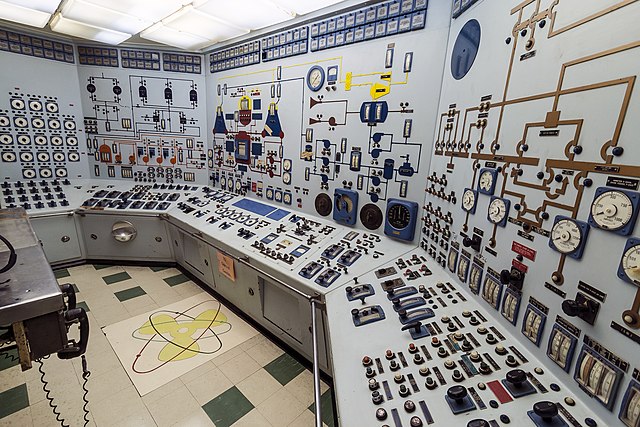
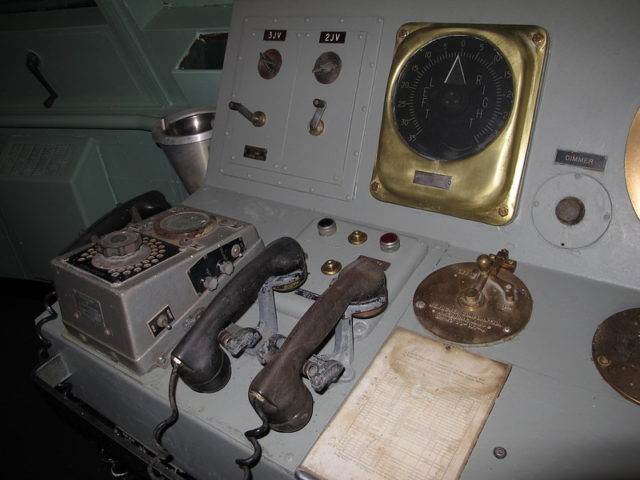
In 1994, Savannah was dry docked in Baltimore, Maryland for repairs, after which she was moved to the James River Reserve Fleet near Newport News, Virginia. Many years later, in May 2008, she returned to Baltimore, where she remains at the Canton Marine Terminal under a Maritime Administration contract with Vane Brothers’ Co.
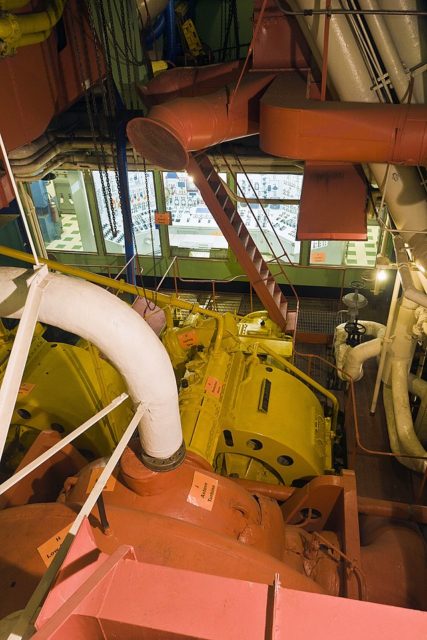
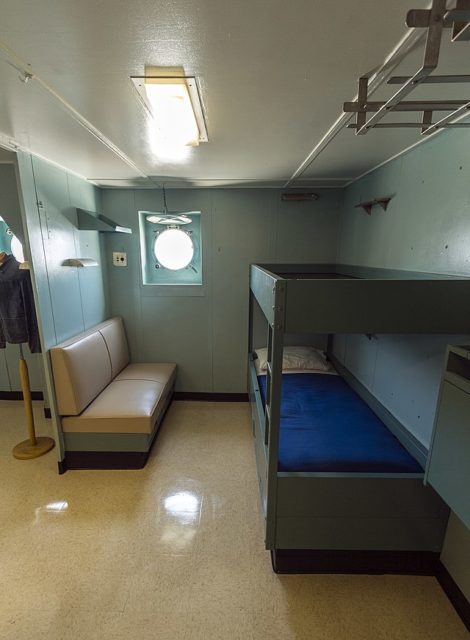
While in Baltimore, Savannah has been open for free public tours once a year, on the Sunday closest to National Maritime Day. Visitors are allowed to tour the ship and view its numerous historical exhibits, including photos, books, official correspondence and items commemorating the government’s attempts to promote the safe use of atomic energy.
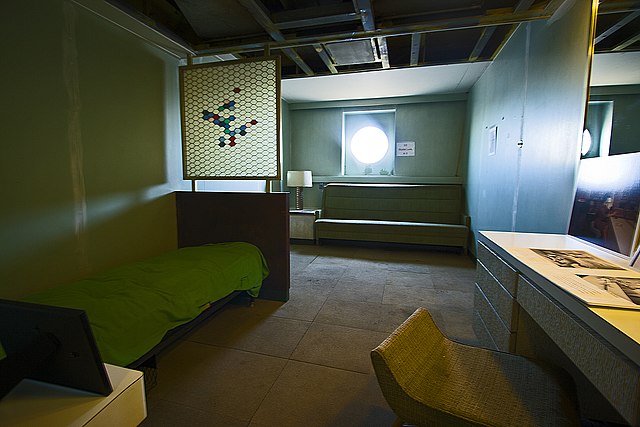
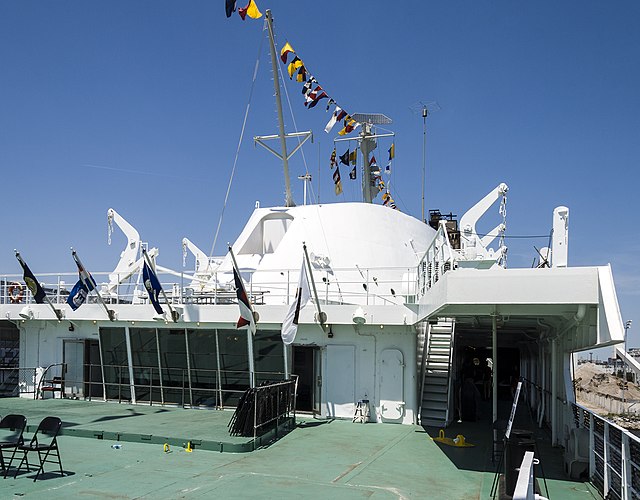
More from us: Staten Island’s Tugboat Graveyard Is a Derelict Off-Shore Look Into the Past
Decommissioning work on the ship began in September 2019, with plans to remove its nuclear support systems and other components, with the ultimate aim to completely remove the nuclear reactor. The aim is to accomplish this by a 2031 deadline. As Savannah is listed on the National Register of Historic Places and has been designated a National Historic Landmark, the Maritime Administration hopes to preserve the ship once decommissioning work is complete.
